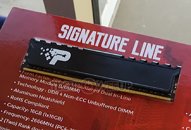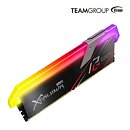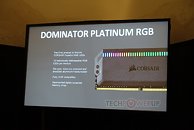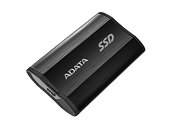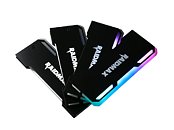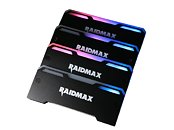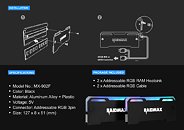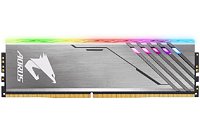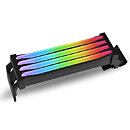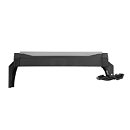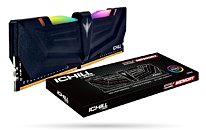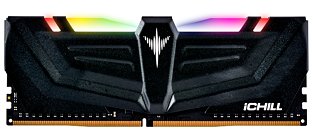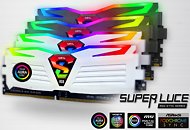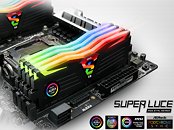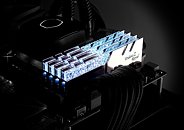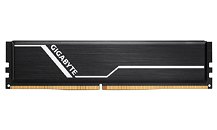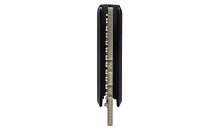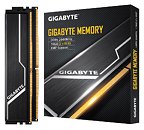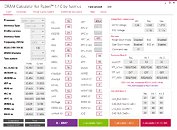Micron Technology, Inc., today announced that its GDDR6 memory, Micron's fastest and most powerful graphics memory, will be the high-performance memory of choice supporting Achronix's next-generation stand-alone FPGA products built on TSMC 7nm process technology. GDDR6 is optimized for a variety of demanding applications, including machine learning, that require multi-terabit memory bandwidth and will enable Achronix to offer FPGAs at less than half the cost of FPGAs with comparable memory solutions.
Achronix's high-performance FPGAs, combined with GDDR6 memory, are the industry's highest-bandwidth memory solution for accelerating machine learning workloads in data center and automotive applications.
This new joint solution addresses many of the inherent challenges in deep neural networks, including storing large data sets, weight parameters and activations in memory. The underlying hardware needs to store, process and rapidly move data between the processor and memory. In addition, it needs to be programmable to allow more efficient implementations for constantly changing machine learning algorithms. Achronix's next-generation FPGAs have been optimized to process machine learning workloads and currently are the only FPGAs that offer support for GDDR6 memory.


















